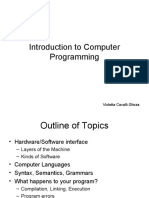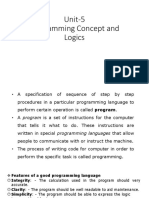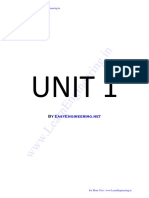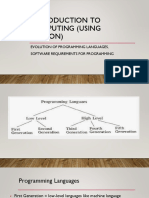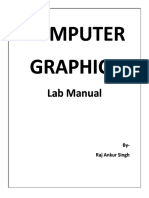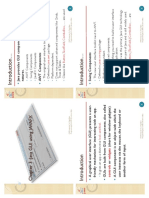0% found this document useful (0 votes)
17 views47 pagesIntro Unit1 Lang
The document provides an introduction to computer programming, covering programming languages, including machine, assembly, and high-level languages, as well as their features and limitations. It focuses on the C programming language, its structure, character set, variable assignment, and the process of compiling and executing programs. Additionally, it discusses procedural and non-procedural languages, along with the roles of compilers, interpreters, and linkers in program execution.
Uploaded by
astudent0072Copyright
© © All Rights Reserved
We take content rights seriously. If you suspect this is your content, claim it here.
Available Formats
Download as PDF, TXT or read online on Scribd
0% found this document useful (0 votes)
17 views47 pagesIntro Unit1 Lang
The document provides an introduction to computer programming, covering programming languages, including machine, assembly, and high-level languages, as well as their features and limitations. It focuses on the C programming language, its structure, character set, variable assignment, and the process of compiling and executing programs. Additionally, it discusses procedural and non-procedural languages, along with the roles of compilers, interpreters, and linkers in program execution.
Uploaded by
astudent0072Copyright
© © All Rights Reserved
We take content rights seriously. If you suspect this is your content, claim it here.
Available Formats
Download as PDF, TXT or read online on Scribd
/ 47



